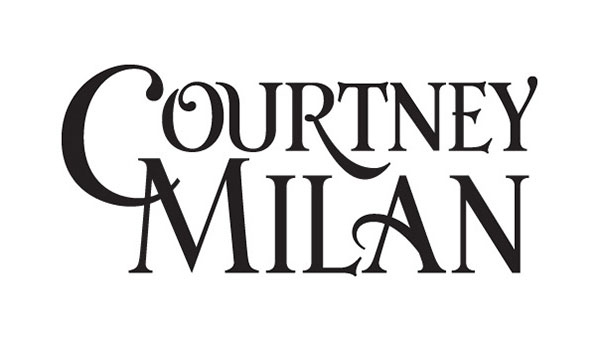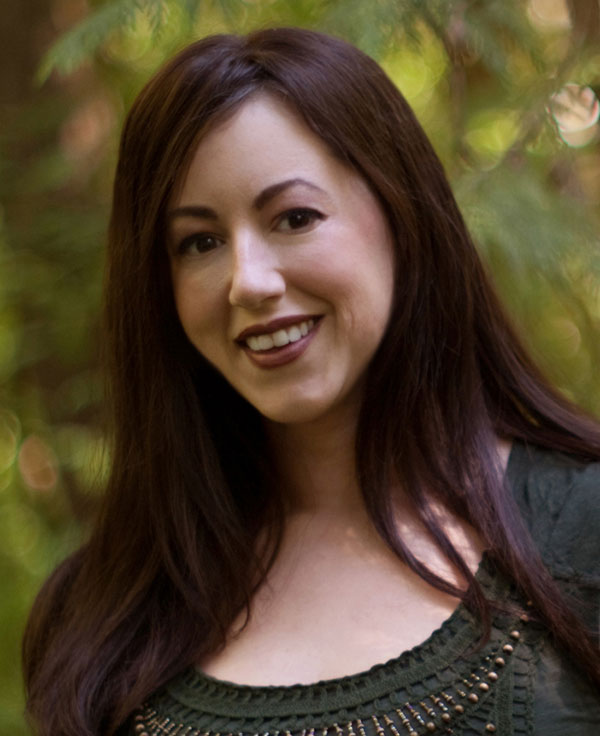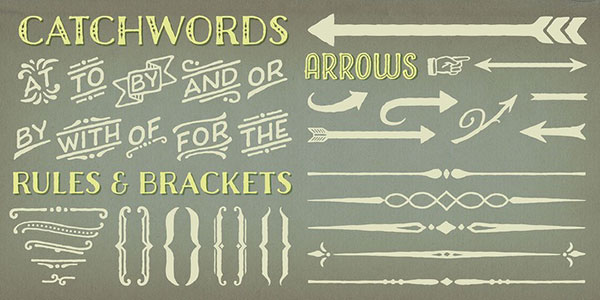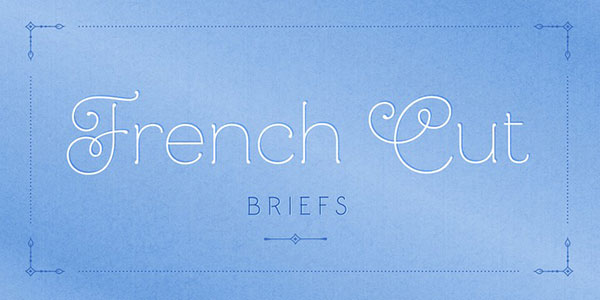One Minute With…
Laura Worthington

Hi Laura, thanks for taking the time to chat with One Minute With. Tell us a little bit about yourself and your work.
I’m a full time typeface designer, all of my designs fall under the realm of display type. I was a graphic designer for 15 years before I got into typeface design and I officially made the switch from graphics to type in September of 2010. Graphic design was close to what I wanted to do as my “dream career” but I found myself more interested in creating the elements rather than the arrangement of them. And I had gotten into graphic design in the first place as a means to doing more lettering, so type design ended up being a natural evolution of my career path.
How did you get into design? Was there a defining point in your career, and if so, how did it shape you as a designer?
My father that pointed me in the direction of graphic designer. He understood my passion for calligraphy and lettering and thought a career in visual arts would be the right thing for me. As for getting into type design, that’s a longer story. I became friends with Charles Borges de Oliviera, who was a graphic designer and lettering artist who had designed a couple of script typefaces. He kept encouraging me to design a typeface of my own, and I finally took his advice. As soon as I became involved in the process, I knew that type design was “it” for me, and I began moving in that direction. I was determined to become a full time type designer, and within ten months, I was!

If you could change one thing about your career to date, what would it be?
I wish I could design faster and have more hours in the day! I have all of these ideas, but there’s never enough time for all of them!
A lot of your typefaces are either scripts, or directly influenced by script forms. Is this a niche you intentionally tried to establish for yourself, or did it simply evolve naturally from a love of script forms? Would you ever want to design, say, a geometric sans-serif, or are you content sticking to your tried-and-true style?
It happened naturally, came from my love of traditional calligraphic forms and penmanship, though I’ve tried to branch out from it too. You can see that with my newest family, Charcuterie. It’s a collection of 10 different typefaces, only one of which is a script. In the future, I plan to try different type design styles, and at some point in time, to design a text family.

But not only do you design typefaces, you also do a bit of lettering too – How do these two disciplines compare? If you could only do one of these for the rest of your career, which would it be, and why?
When I’m creating lettering as a basis for type design, the process isn’t as clean or structured as it is when I’m creating lettering for say, a headline or a logo. Lettering for type design is experimental and kind of all over the place. I end up scanning in a bunch of random words, phrases, letters, symbols, etc. Just kind of a big jumble of stuff mixed in with random sketches and notes. I then make sense of it all in the computer.
The process I use for lettering a headline, title or logo is very clear and defined. The first phase is research and sketches, then drawing of pencil skeletons and planning of the composition, then several pages of vellum or tracing paper of lettering with a brush, ruling pen or a flexible nib, each a refinement or slight change in direction from the last page. Then it’s scanned and redrawn in the computer.
I prefer type design over commissioned lettering projects. Type design is self directed: I get to call of the shots and everything is done on my own terms. I develop the concept, experiment with different methods and create whatever I want. Lettering for commission is client-directed and whilst I have worked with talented clients and art directors, I have had enough experiences that have been less than fun, where I’ve ended up just feeling like a pair of hands. However, with that said, my work life would be pretty boring if it was ALL type design and I would miss the challenge of commissioned projects, so I try to keep a mix of it – right now it’s about 85% type design, 10% lettering and 5% teaching workshops.

On your site, you say that you have worked for “large and small design studios, agencies, and in-house creative departments.” – What challenges did each of those bring? Do you think you’ve found a working environment that suits you now?
When I worked at large design agencies, I got to work for well-known companies, but found that I was only a very small part of the process, so while the work was glamorous, my part in it oftentimes wasn’t. With small design studios, it was the opposite. The clients weren’t always well known, but my part of the work was much more substantial. With in-house design, there was a great amount of control of the outcome, but the work could be tedious and boring. I figured out, very early on, that I thrive in an independent work environment. The only thing I miss is having co-workers to bounce ideas off of and to keep me company, but I make up for that now in other ways. Sometimes I have my design friends come to my home studio for a work day, or I go to their place. I also have my dogs to keep me company. Overall though, I absolutely LOVE working for myself at home. I’ve been at it for eight years now and see this as my permanent work situation.

If, in some Freaky Friday-like situation, you could live the life of another designer, illustrator or creative, for a day, who would it be, and why?
Landscape architect. When I was young, I spent a lot of time helping my family with gardening and landscape projects and worked at a greenhouse during college. I also studied scientific illustration. I love gardening and creating outdoor space plans (I’ve drawn some pretty elaborate ones up in Illustrator).
How would you define success? Do you think you’ve found it yet?
That’s a REALLY good question and one that, for me, has been a moving target and has caused some unhappiness in my life from too narrow of an interpretation of it all. For my career, if I feel like I’ve pushed myself to try new things, have designed something that is of value to others: useful, practical and beautiful, and have upheld high technical standards: published a quality product, then I’ve been successful. For my personal life, if I’ve been a good friend and family member, have produced more than I’ve consumed and have always tried to be a better person, then I’ve been successful.

And finally, what tips would you give to anybody who is looking to get started in design?
For type design, study the market. Look beyond the trends and see where your own personal style can add to what is useful, well-designed and of aesthetic value, and bring it! There’s always more room for quality design. Take your time and realize that it will be a big investment of time. Even if you don’t finish a type design, there is a lot of value in giving it a try and the time spent will go a long way in making you a better designer.
Thanks Laura!
Many thanks to Laura for taking some time to talk to One Minute With. I really enjoyed interviewing her, and hopefully you enjoyed reading it!
Why not check out Laura’s site, and follow her on Dribbble and Twitter?